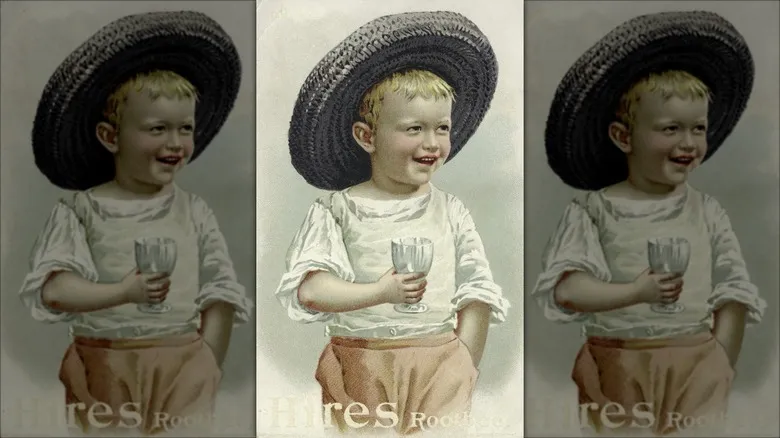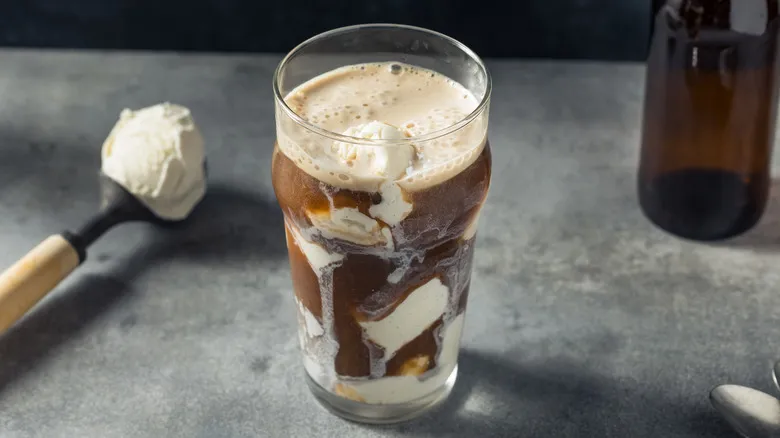The evolution of a folk remedy

The earliest versions of root tea would not have been complemented by a scoop of vanilla ice cream floating on top. For the Native Americans who harvested sarsaparilla, sassafras, and wintergreen—the original sources of this beverage—these plants served as remedies for allergies and inflammation, and even acted as immune system boosters. They were medicinal drinks known as saloop, not root beer floats with ice cream, despite being sweetened with sugar and milk, similar to coffee and tea.
Many of the components used in these brews formed the foundation for what early European settlers referred to as small beers, which were low-alcohol beverages that provided a safer alternative to the often dubious water supply. Sassafras, the source of sassafras root—the main ingredient in Hires' root beer—was also favored by European settlers in the 16th and 17th centuries. Notably, Sir Francis Drake and Sir Walter Raleigh were instrumental in introducing the plant to England, with Drake bringing it over in 1586 and Raleigh exporting it in 1602. The plant became so popular as an ingredient in small beers and a sought-after export that it faced the threat of extinction due to deforestation.
The early cola wars

It was the 19th-century pharmacist who ingeniously combined the healing properties of sassafras root with the refreshing qualities of a soft drink, a trend that gained popularity during that time. To illustrate, the first iterations of Coca-Cola emerged in the late 1800s, containing actual cocaine and marketed as a cure for various ailments, much like root beer. It's no surprise that many contemporary soft drinks trace their origins back to the medicinal teas and remedies of that period.
In any event, Hires discovered a root beer recipe at an inn during his honeymoon and shared it with two college professors. Together, they developed the first powdered root beer, which consumers could mix with yeast, sugar, and water. This new formulation removed the laxative effects that had been associated with the original recipe and provided Hires, a dedicated Quaker, with an alcohol-free beverage to promote. Although his initial aim was to market root beer to the beer-drinking miners of Pennsylvania, Hires eventually broadened his advertising efforts to include everyone, even children.
Over time, Hires' creation took on a new role. It was no longer seen as a substitute for alcohol for wayward miners. Early advertisements claimed that root beer had the remarkable ability to help "even a cynic see the brighter side of life," as noted in "Sundae Best: A History of Soda Fountains" by Anne Cooper Funderburg.
Recommended

The Marketing Scheme Behind Wendy's Square Burgers And Why It Almost Backfired

Hidden Valley Ranch Was A Real Place, And It Was A Serious Hot Spot

The Country That Produces The Most Potatoes In The World

Marie Antoinette Didn't Bring The Croissant To France. So Who Did?
Next up





